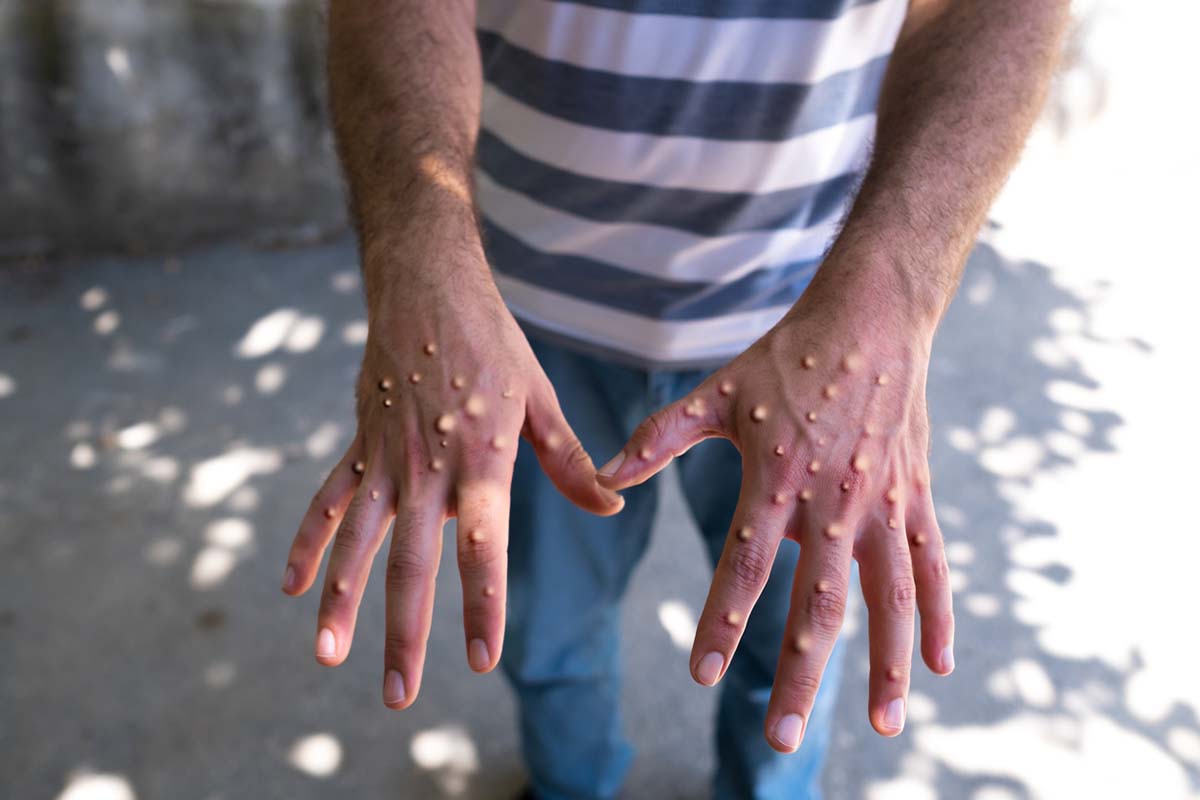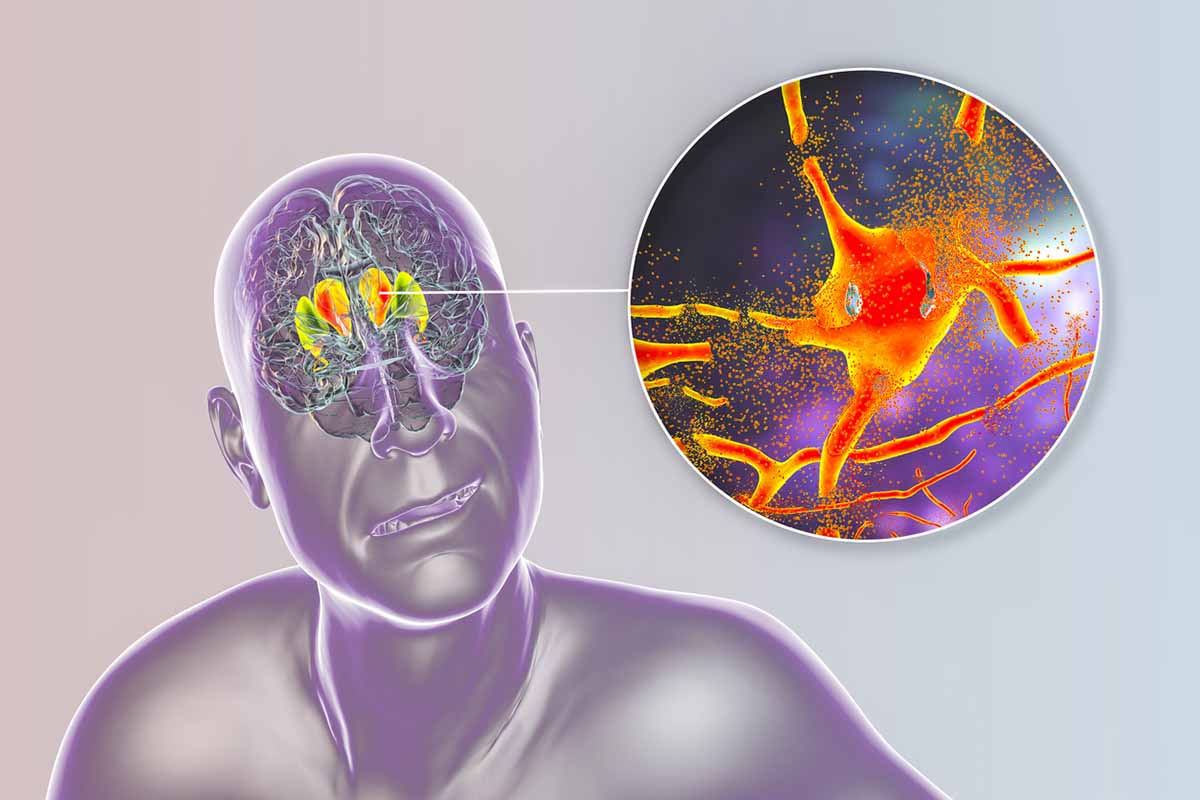Suicide and Attempted Suicide in Tourette’s Syndrome: A Case Series With Literature Review
To the Editor: Suicide is one of the leading causes of death among young people.1 Although Tourette’s syndrome (TS) is a frequent developmental tic disorder (1% of the population),2 descriptions of suicide in this population are scant.3-10 This is intriguing, because neuropsychiatric disorders occur in around 90% of TS patients attending specialized clinics,11 and approximately one third of them show depression,3,12 bipolar disorder,3,13 or impulsive self-injurious behavior14 that may predispose to suicidal behavior. Here, we report a case series of TS patients who completed suicide or attempted suicide and a literature review.
Case Series
Method. This retrospective case series describes suicide completion and suicide attempts in consecutive patients with a DSM-IV15 diagnosis of TS who were regularly attending a TS clinic in a university hospital between March 1995 and June 2008. The Yale Global Tic Severity Scale (YGTSS)16 was used to rate the type and severity of tics, and other psychiatric diagnoses were established with standardized rating scales based on DSM-IV criteria.13 Completed suicide was defined as a fatal self-inflicted destructive act with explicit or inferred intent to die.1 Attempted suicide was diagnosed when the individual had undertaken the intended act.1 Self-injurious behavior without a conscious desire or wish to die was not classified as a suicide attempt. The study was approved by the Ethics Committee of the University of Malaga, Spain.
Results. Three TS patients had completed suicide, and 7 had attempted suicide (gender: 1 female, 9 male; mean ± SD age = 23.1 ± 11 years; age range, 12-52 years). Tic intensity ranged from moderate (n = 2) to severe (n = 8) (mean ± SD YGTSS motor score = 15.6 ± 2.4; phonic score = 11.9 ± 4.7). Eight patients had echophenomena or coprophenomena, and 4 patients had moderate to severe self-injurious behavior, with 2 of them additionally exhibiting compulsive eating of foreign objects (alkaline batteries) or substances (wall plaster).
All patients had 3 or more comorbid psychiatric diagnoses including affective or psychotic disorders (depression [n = 5]; bipolar I [n = 2] and II [n = 1] disorders; schizoaffective disorder, depressive type [n = 2]), obsessive-compulsive disorder (n = 9), intermittent explosive disorder (n = 8), mild mental retardation (n = 3), and Asperger’s disorder (n = 3). Other diagnoses were less frequent. Seven patients received outpatient care, 2 were inpatients in psychiatric units at the time they completed or attempted suicide, and the only female patient had lost contact with her psychiatrist before completing suicide. Seven patients had a previous history of psychiatric hospitalizations (range, 1-22 admissions [median = 1.5]) and suicide attempts.
Four patients who had previously attempted suicide by carbamazepine overdose, self-attempted strangulation, cutting, or stabbing changed their method to jumping from a height. This was the primary method of choice (6 patients jumped from high places, and 4 attempted to jump out of a window but were physically restrained). Eight patients had risk factors for completing or attempting suicide by jumping from a height, including easy access to high places (n = 4), uncontrolled complex jumping tics (n = 2), obsessions/images of jumping out of a window (n = 1), and command hallucinations that instructed the patient to commit suicide by jumping (n = 1). Four patients had threatened to commit suicide.
The psychological autopsy method in 2 cases of completed suicide revealed proximal precipitators (humiliation by a close relative in one and psychiatric hospitalization in the other). Adverse social experiences (peer victimization) and/or family environments (divorced parents with indifferent father) were found in half of the sample. Tics, abnormal behavior, or both were refractory to multiple drug treatments in all patients.
Literature Review
Method. MEDLINE/PubMed (1966-August 2009) and PsycINFO (1953-August 2009) were searched for English-language biomedical articles pertaining to TS and suicide. Only research studies or case reports/series that presented data on suicide in TS were included. Key search terms included Tourette syndrome, self-injurious behavior, and suicide and their medical subheadings. Two investigators, blind to each other, performed the search and assessed the relevance of the selected articles by using a 3-point scale (0 = irrelevant [suicide and obsessive-compulsive disorder unassociated with TS], 1 = possibly relevant [severe self-injurious behavior with doubtful suicide intent], and 2 = relevant [suicide and attempted suicide]).
Results. The search using the key terms Tourette syndrome and suicide resulted in 11 hits, of which 8 articles were classified with 2 (relevant) on the 3-point scale.3-10 The key terms self-injurious behavior and Tourette syndrome identified 74 articles (including the 8 articles previously classified as relevant), but only 3 articles were classified with 1 (possibly relevant) and excluded after revision. The remaining articles were classified with 0 (irrelevant) and excluded from further analysis. The 8 relevant articles yielded 9 cases of suicidal behavior (completed suicide = 3; attempted suicide = 6) occurring in adolescents and young adults (gender: 4 female, 4 male; mean ± SD age = 22.3 ± 7.0 years; age range, 13-33 years [data incomplete in references 3, 6, and 9]).3-10 Overall, suicidal behavior was associated with moderate-to-severe tics, self-injurious behavior, bipolar mood swings, obsessive-compulsive disorder, and impulsive-aggressive behaviors. Drug overdose with fluoxetine,4 diazepam,5 clonidine,6 tetrabenazine,7 and buspirone10 prescribed to treat TS and comorbid disorders was implicated in 6 cases, whereas depression and dysphoria attributed to sulpiride5 or risperidone9 were implicated in 2 fatal cases.
The interplay of tic severity, psychopathology, exposure or refractoriness to drug treatment, and adverse social and family environment in our series and in the literature may have increased the likelihood of suicidal acts.1,5,17 Depression and abnormal modulation of behavioral control have been linked to suicide and reduced central serotonergic activity or altered interaction between serotonin and dopamine.17 It remains to be determined whether similar biochemical abnormalities, already implicated in the pathophysiology of TS,2,6,12,13 also predispose to suicide in individuals with TS. Physicians attending TS patients with severe tics, psychopathology, and adverse environment should actively inquire about suicide.
References
1. Bridge JA, Goldstein TR, Brent DA. Adolescent suicide and suicidal behavior. J Child Psychol Psychiatry. 2006;47(3−4):372-394. PubMed doi:10.1111/j.1469-7610.2006.01615.x
2. Robertson MM. The prevalence and epidemiology of Gilles de la Tourette syndrome, pt 1: the epidemiological and prevalence studies. J Psychosom Res. 2008;65(5):461-472. PubMed doi:10.1016/j.jpsychores.2008.03.006
3. Comings BG, Comings DE. A controlled study of Tourette syndrome, V: depression and mania. Am J Hum Genet. 1987;41(5):804-821. PubMed
4. Riddle MA, Brown N, Dzubinski D, et al. Fluoxetine overdose in an adolescent. J Am Acad Child Adolesc Psychiatry. 1989;28(4):587-588. PubMed doi:10.1097/00004583-198907000-00019
5. Robertson MM, Eapen V, van de Wetering BJ. Suicide in Gilles de la Tourette’s syndrome: report of two cases [letter]. J Clin Psychiatry. 1995;56(8):378. PubMed
6. Whelan R, Dearlove OR. Management of clonidine overdose in a child with Tourette syndrome [letter]. Dev Med Child Neurol. 1995;37(5):469. PubMed
7. Dietrichs E, Magnusson A, Opjordsmoen S. Acute dystonia caused by tetrabenazine—what does it tell us about pathophysiology? Eur J Neurol. 1996;3:395-396.
8. Fennig S, Fennig S, Pomeroy J, et al. Developmental disorder, Tourette disorder and schizophrenia: a case study. Isr J Psychiatry Relat Sci. 1997;34(3):239-243. PubMed
9. Margolese HC, Annable L, Dion Y. Depression and dysphoria in adult and adolescent patients with Tourette’s disorder treated with risperidone. J Clin Psychiatry. 2002;63(11):1040-1044. PubMed
10. Cheung MY, Shahed J, Jankovic J. Malignant Tourette syndrome. Mov Disord. 2007;22(12):1743-1750. PubMed doi:10.1002/mds.21599
11. Cavanna AE, Servo S, Monaco F, et al. The behavioral spectrum of Gilles de la Tourette syndrome. J Neuropsychiatry Clin Neurosci. 2009;21(1):13-23. PubMed
12. Robertson MM. Mood disorders and Gilles de la Tourette’s syndrome: an update on prevalence, etiology, comorbidity, clinical associations, and implications. J Psychosom Res. 2006;61(3):349-358. PubMed doi:10.1016/j.jpsychores.2006.07.019
13. Berthier ML, Kulisevsky J, Campos VM. Bipolar disorder in adult patients with Tourette’s syndrome: a clinical study. Biol Psychiatry. 1998;43(5):364-370. PubMed doi:10.1016/S0006-3223(97)00025-5
14. Mathews CA, Waller J, Glidden DV, et al. Self injurious behaviour in Tourette syndrome: correlates with impulsivity and impulse control. J Neurol Neurosurg Psychiatry. 2004;75(8):1149-1155. PubMed doi:10.1136/jnnp.2003.020693
15. American Psychiatric Association. Diagnostic and Statistical Manual of Mental Disorders, Fourth Edition. Washington, DC: American Psychiatric Association; 1994.
16. Leckman JF, Riddle MA, Hardin MT, et al. The Yale Global Tic Severity Scale: initial testing of a clinician-rated scale of tic severity. J Am Acad Child Adolesc Psychiatry. 1989;28(4):566-573. PubMed doi:10.1097/00004583-198907000-00015
17. Ryding E, Lindström M, Trפskman-Bendz L. The role of dopamine and serotonin in suicidal behaviour and aggression. Prog Brain Res. 2008;172:307-315. PubMed doi:10.1016/S0079-6123(08)00915-1
Author affiliations: Psychobiology Area, Faculty of Psychology, and the Centro de Investigaciones Médico-Sanitarias, University of Malaga (Drs Davila and Berthier); Movement Disorder Unit, Department of Neurology, Sant Pau Hospital and Autonomous University of Barcelona (Dr Kulisevsky); and Asociación Andaluza de S×ndrome de Tourette y Trastornos Asociados, Córdoba (Dr Jurado Chacón), Spain. Potential conflicts of interest: None reported. Funding/support: None reported. Previous presentation: These data were presented in part at the 59th Annual Meeting of the Spanish Society of Neurology; November 2007; Barcelona, Spain, and published in abstract form in Neurolog×a [2007;22:707].
doi:10.4088/JCP.09l05669blu
© Copyright 2010 Physicians Postgraduate Press, Inc.




